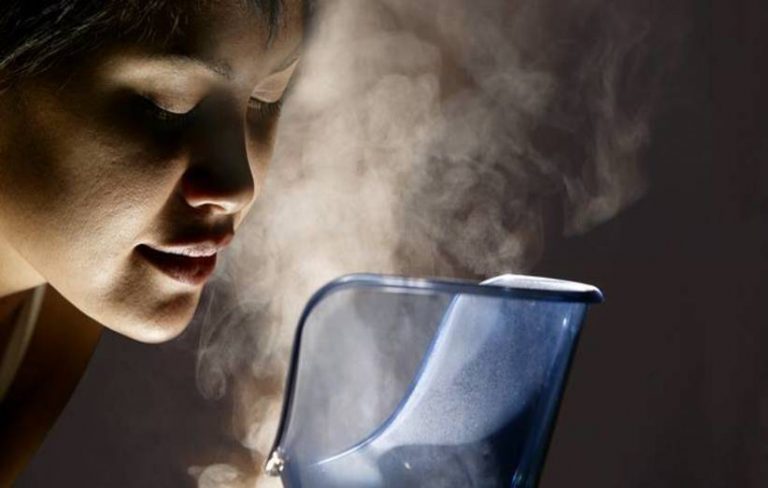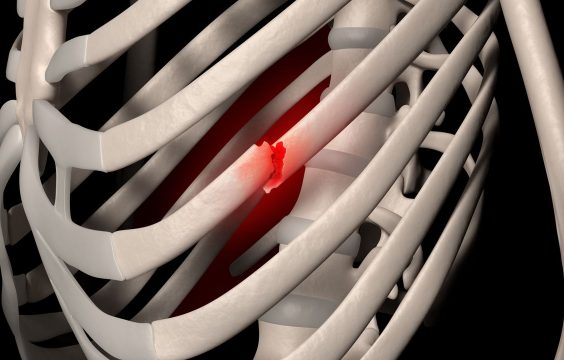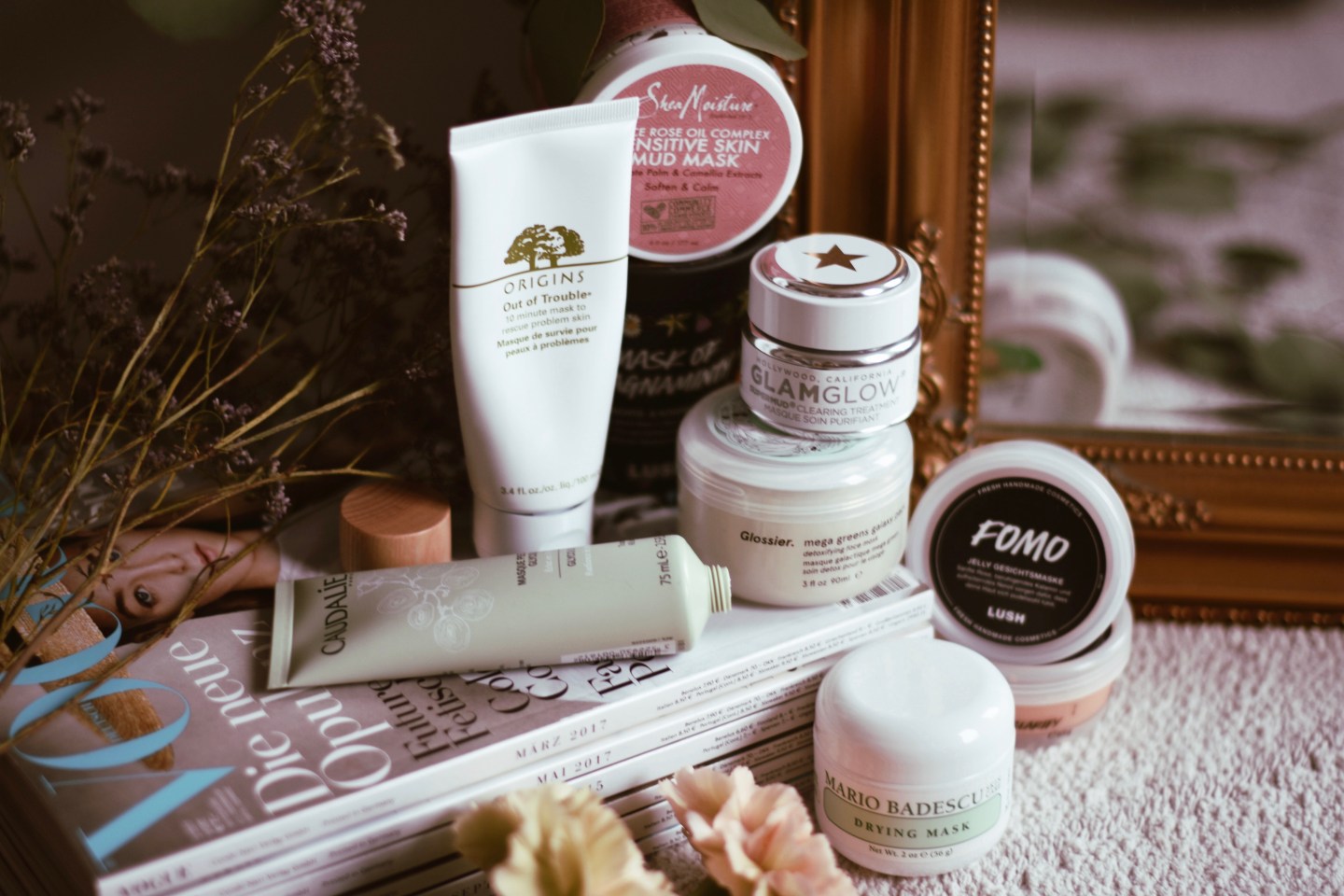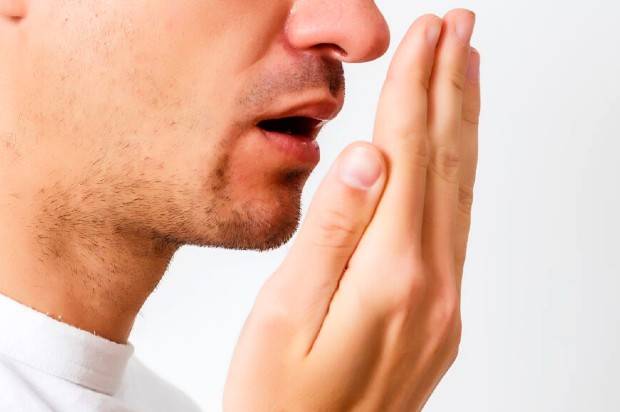Breathing exercises for elderly to improve lung function
As we age, maintaining good lung health becomes increasingly crucial to ensure an active and vibrant lifestyle. Fortunately, there’s a simple yet effective way to achieve this: breathing exercises. These exercises not only help strengthen the respiratory muscles but also enhance lung capacity, promoting better oxygenation of the body’s tissues and organs. In this article, we’ll delve into the benefits of breathing exercises for the elderly and explore a range of techniques that can contribute to improved lung function.

The Importance of Lung Health in the Elderly: Aging brings about changes in the body, including a gradual decline in lung function. These changes can lead to reduced lung capacity, making everyday activities more challenging and diminishing overall quality of life. Maintaining healthy lungs is essential for seniors to avoid respiratory complications and maintain their independence. This is where breathing exercises come into play, offering a non-invasive and accessible approach to maintaining optimal lung health.
Benefits of Breathing Exercises:
- Increased Lung Capacity: Breathing exercises engage the respiratory muscles, leading to improved lung expansion and capacity. This enhanced capacity allows for more efficient oxygen exchange, providing the body with the energy it needs to function optimally.
- Enhanced Respiratory Muscle Strength: Just like any other muscles, the respiratory muscles can be strengthened through exercise. Breathing exercises target these muscles, helping to prevent muscle atrophy and promoting their vitality.
- Improved Oxygenation: Proper breathing techniques facilitate the efficient exchange of oxygen and carbon dioxide in the lungs. This leads to better oxygenation of the blood, which in turn supports overall cardiovascular health and helps prevent conditions like shortness of breath and fatigue.
- Stress Reduction: Many breathing exercises incorporate relaxation techniques, helping to reduce stress and anxiety. Lower stress levels contribute to better lung function by preventing shallow breathing and promoting deeper, more effective breaths.
Breathing Exercises for the Elderly:
- Diaphragmatic Breathing: Also known as belly breathing, this technique involves inhaling deeply through the nose, allowing the diaphragm to expand. The abdomen should rise, indicating proper engagement of the diaphragm, followed by a slow exhalation through pursed lips.
- Pursed Lip Breathing: This exercise helps improve lung function by slowing down the breath and creating a back pressure that keeps the airways open. Inhale through the nose for a count of two, and exhale through pursed lips for a count of four.
- Deep Breathing Exercises: Encourage seniors to take a few minutes each day to sit in a comfortable position and focus on taking slow, deep breaths. Inhale deeply through the nose, expanding the lungs fully, and then exhale slowly through the mouth.
- Segmented Breathing: This technique involves breaking a full breath into segments, allowing the lungs to gradually fill and empty. Inhale for a count of three, pause, and then exhale for a count of three.
Tips for Incorporating Breathing Exercises into Daily Life:
- Consistency is Key: Like any exercise routine, consistency is crucial for reaping the benefits of breathing exercises. Encourage seniors to set aside a specific time each day for their breathing practice. This could be in the morning to start the day on a positive note or in the evening to unwind and relax before bedtime.
- Create a Relaxing Environment: Finding a quiet and comfortable space can enhance the effectiveness of breathing exercises. Seniors should choose a peaceful spot where they can sit or lie down without distractions. Dim lighting and calming music can further enhance the experience.
- Start Slowly: For those new to breathing exercises, it’s important to start slowly and gradually increase the duration and intensity. Begin with just a few minutes of practice each day and gradually work up to longer sessions as comfort and confidence grow.
- Combine with Other Activities: Breathing exercises can easily be incorporated into other daily activities. For instance, seniors can practice deep breathing while waiting in line, sitting in traffic, or during short breaks at work. This integration makes it easier to stick to the routine.
- Mindful Awareness: Encourage seniors to focus their attention on their breath during the exercises. Mindful awareness of each inhale and exhale can enhance the relaxation and stress-reducing benefits of the practice.
- Seek Professional Guidance: While breathing exercises are generally safe for most individuals, it’s advisable for seniors to consult their healthcare provider before starting a new exercise routine, especially if they have underlying health conditions.
- Stay Hydrated: Adequate hydration is essential for maintaining healthy lung function. Encourage seniors to drink plenty of water throughout the day to keep the airways moist and support effective respiratory function.
- Variety is Beneficial: There are various breathing techniques available, each with its unique benefits. Seniors can experiment with different exercises to find the ones that resonate best with them. This variety can also prevent boredom and keep the practice engaging.
- Breathing for Stress Management: Remind seniors that breathing exercises aren’t just beneficial for lung health; they can also be powerful tools for managing stress and anxiety. Encourage them to turn to their breathing exercises during times of stress to promote a sense of calm and relaxation.
- Track Progress: Keeping a journal or using a mobile app to track progress can be motivating. Seniors can note how they feel before and after each session, observing any improvements in lung function, relaxation, or overall well-being.
Conclusion: Breathing exercises offer a holistic and accessible approach to enhancing lung function and promoting overall well-being in the elderly. By integrating these exercises into their daily routine, seniors can empower themselves to take an active role in maintaining their lung health. The benefits extend beyond the physical realm, encompassing mental and emotional well-being as well. With consistency, patience, and a commitment to self-care, seniors can harness the power of their breath to lead a more fulfilling and vibrant life as they age gracefully.










